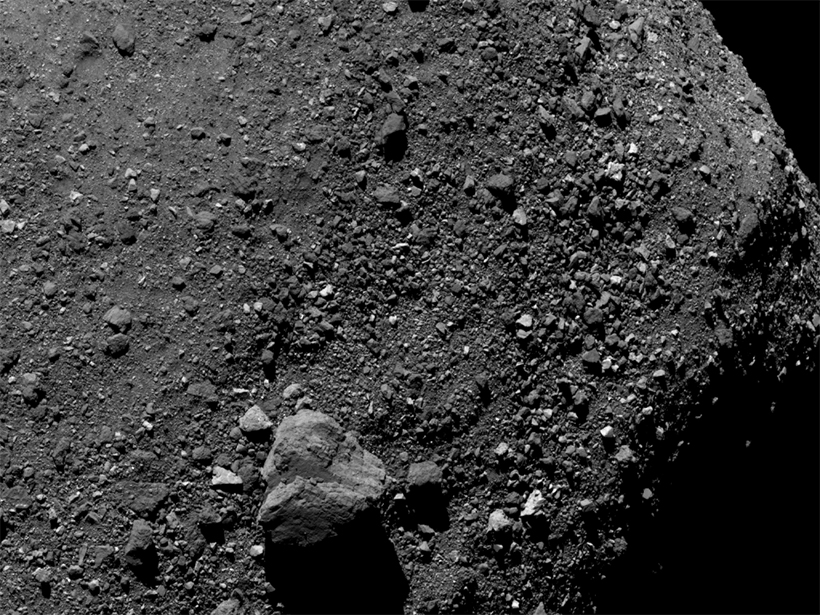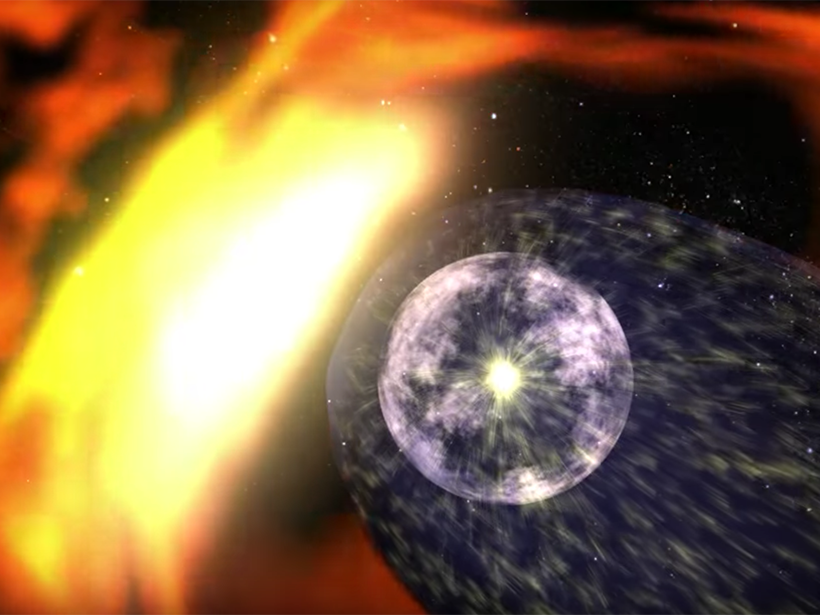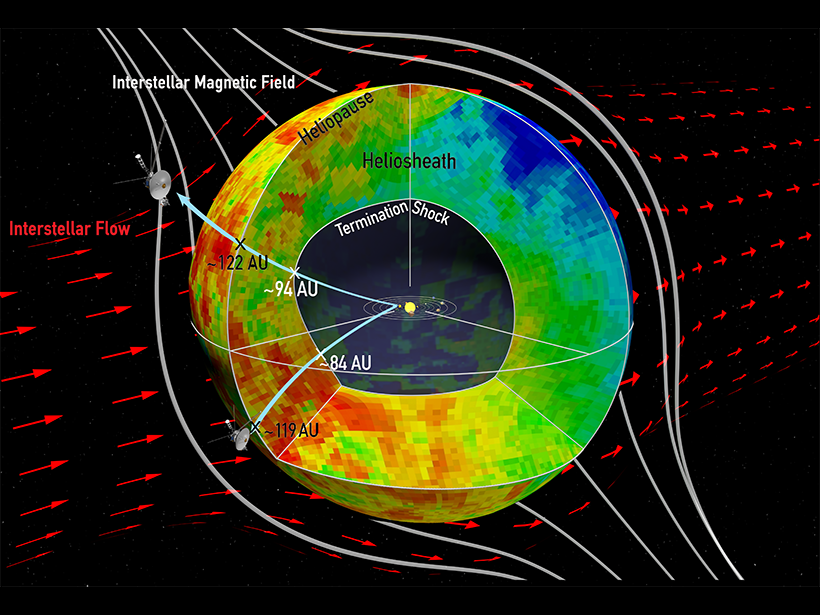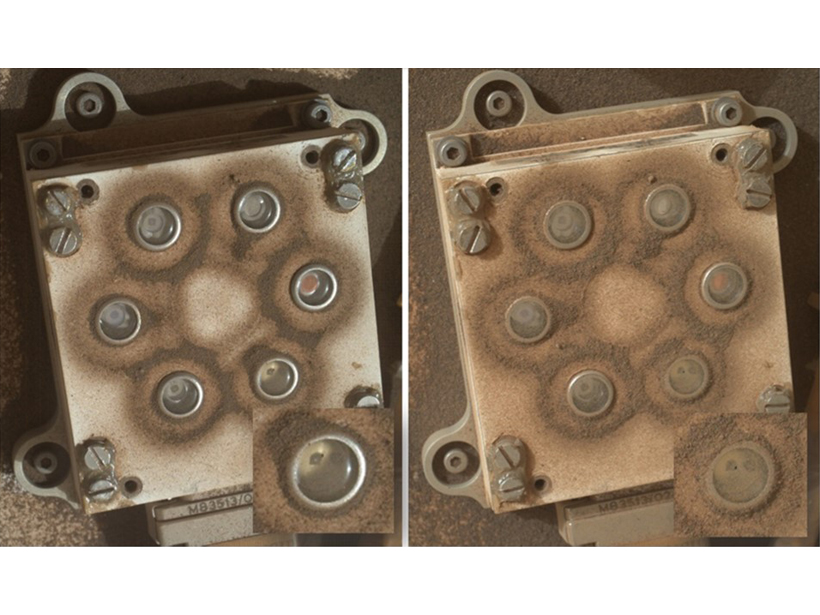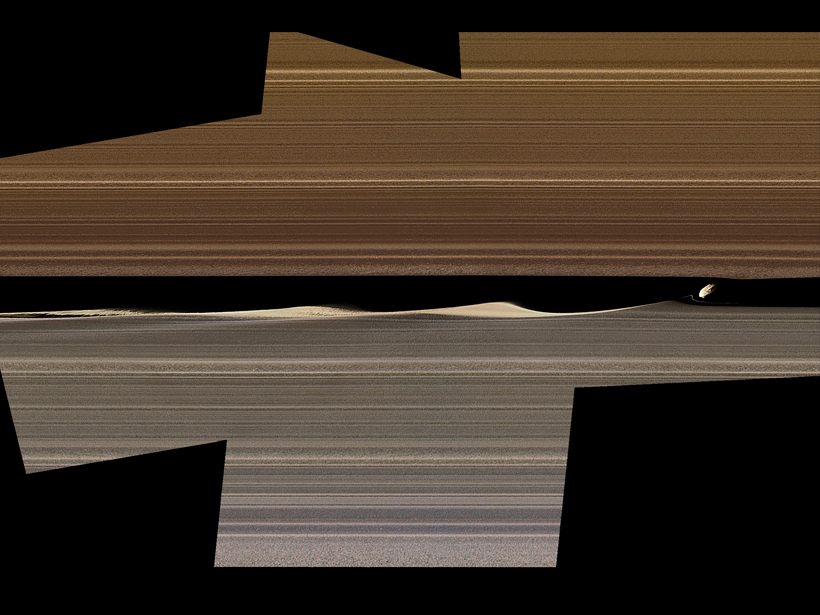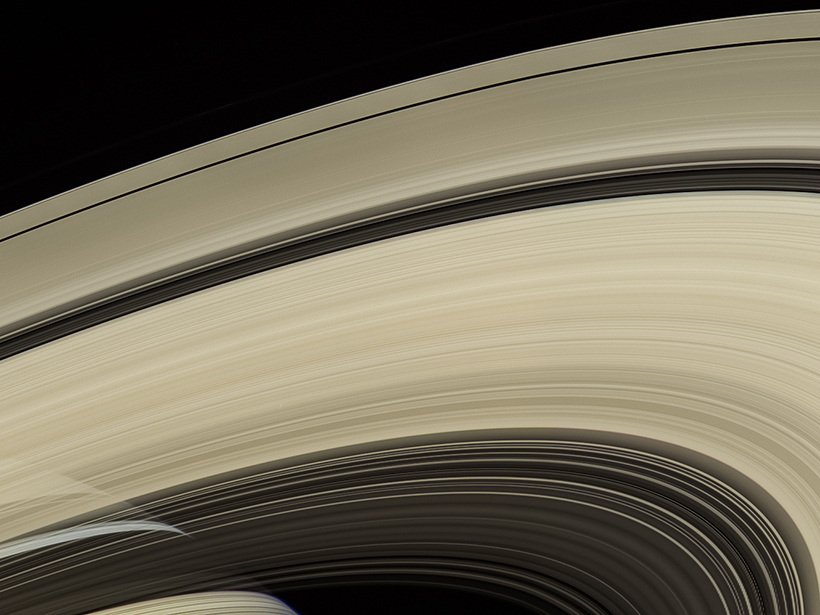Finding the right spot to grab a sample of Bennu was more of a challenge than the OSIRIS-REx team had originally planned.
spacecraft
Explaining the Missing Energy in Mars’s Electrons
Electrons energized and trapped at Mars were thought to lose energy inside the planet’s magnetosheath, but new research suggests a different explanation of spacecraft data.
Voyager 2’s Interstellar Arrival Was Kind of Familiar. That’s Surprising
The spacecraft crossed the solar system’s edge at a different spot and in a different solar season than Voyager 1. Nevertheless, the border looked much the same in both spots.
Virtual Super Instrument Enhances Solar Spacecraft
The same algorithms that help control self-driving cars and speech-to-text functionality have helped build a virtual instrument to study the Sun.
What Inflates the Solar Bubble? Voyagers Count What’s Missing
The first in situ measurement of the pressure at the edge of the solar system reveals that there’s still a lot we don’t know about what sets the size of the heliosphere.
The Coming Surge of Rocket Emissions
With the space industry’s rapid growth, rocket exhaust will increasingly accumulate in the atmosphere. How this accumulation might affect the planet is unknown—because we’re not taking it seriously.
Sampling the Space Between the Stars
Data from the Cassini and Voyager spacecraft reveal new information about the Sun’s magnetic bubble.
Curiosity Monitors Rare Global Dust Storm From Mars’s Surface
Since the 1970s, no surface platform had made meteorological measurements of a global dust storm on Mars, but last summer NASA’s Curiosity rover witnessed one of these rare events.
The Cassini Mission May Be Over, but New Discoveries Abound
New analysis of high-resolution images shows ring textures and disruptions within Saturn’s rings in unprecedented detail.
How Cassini Ran Rings Around Saturn and What It Helped Us Learn
Once and future rings: During its final 22 orbits, the Cassini spacecraft provided a completely new look at one of our solar system’s most famous features.

